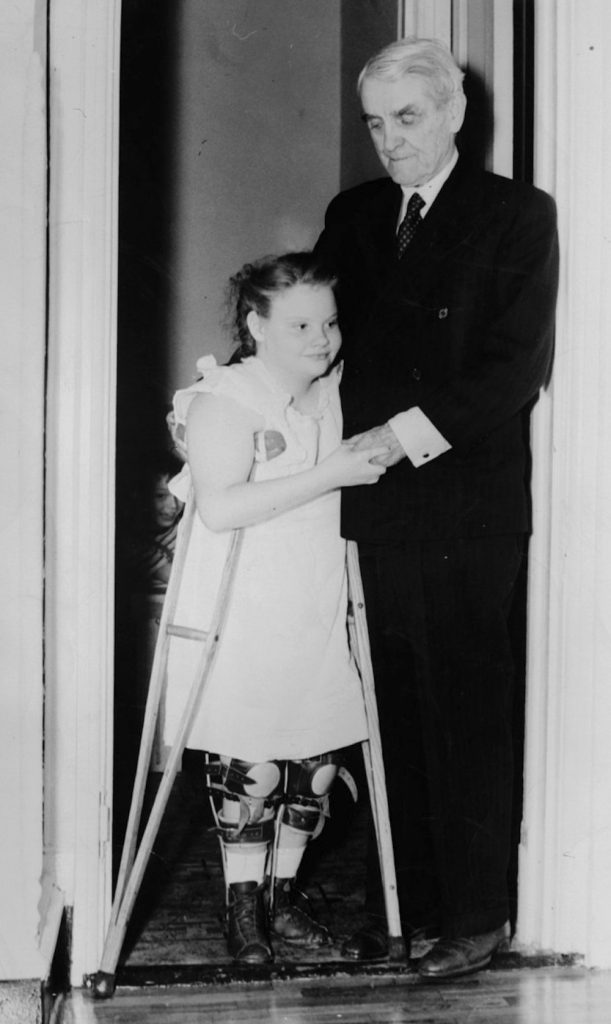For the children

The story of the Capper Foundation is a Christmas story.
Arthur Capper owned The Daily Capital newspaper in Topeka, and each December, his employees would gather toys and food to take to families in poorer sections of Topeka. Delighted children would run out to the cars to meet their earthly Santas.
One of the men on the delivery crew was troubled, though, by what he saw in many of the homes. He took his concern to publisher Capper.
In too many homes, the employee recounted, one child would be at the window, watching siblings gather up gifts outside. That child remained inside because they couldn’t run. Some couldn’t even walk; polio had robbed them of that ability.
The scourge most of us can’t remember – a vaccine was created in 1955 that virtually ended polio worldwide – robbed many children of their mobility a century ago.
Capper was in a position to do something.
In 1920, he started a fund designed to give hope and help to these children. The fund paid for surgeries to correct damage polio – also known as infantile paralysis – caused to tendons and ligaments, and provided crutches and braces to improve mobility.
The fund was administered by Con Van Atta, who worked for Capper Publications. In addition to the newspaper, the company published Capper’s Weekly, a rural magazine, and its stories about the children helped by the fund generated donations from across the state. This was old-style crowd-funding – Sunday school classes would pool pennies, nickels and dimes to send in, social clubs would take up collections from members – and most contributions were two figures, not five or six.
People knew how desperate the need was. They could see it around them, often in their own homes. A little more than a year in, the Capper Fund had 500 children on a list awaiting services.
When Arthur Capper died in 1951, he left funds for a building. The Capper Foundation today has a campus at 3500 SW 10th Ave. in Topeka where children have access to assistive technology and therapy resources.
Capper also provides jobs and skills training for adults with disabilities, employing them in the Auto Detail Shop, Business Support Center, Capper Creations Gift Shop, Custom Furniture Shop and Small Engine Repair Shop. These services are available to the public and an excellent way of supporting the cause.
Arthur Capper, who was governor from 1915 to 1919 and a U.S. senator from 1919 to 1949, had no children of his own. But every July, he invited all the children of Topeka to help him celebrate his birthday. The kids could ride the bus for free to get to the park, where cake and ice cream – and Sen. Capper – were waiting. The venue changed from time to time. Ripley Park and Garfield Park were both sites of Capper picnics.
Arthur Capper is buried in Section 58 at Topeka Cemetery with his wife, Florence, and her parents, Gov. Samuel and Isabel Chase Crawford. Sam Crawford was the third governor of Kansas, and Capper was the first governor who was born in the state.
To learn more about today’s Capper Foundation, see the website at www.capper.org.
